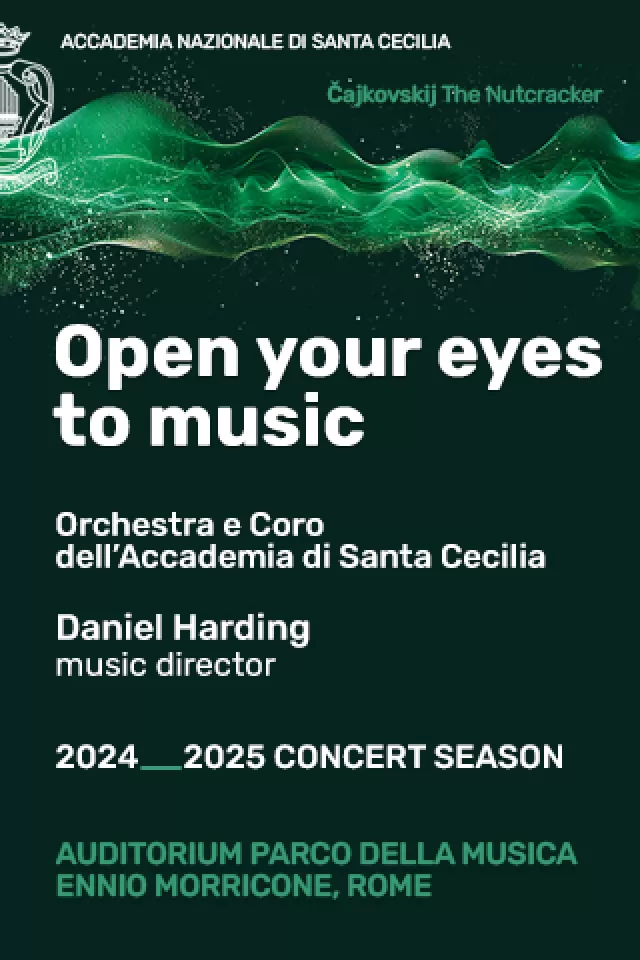On February 17 in 1600, Bruno was dragged through the streets of Rome and burned at the stake at the centre of Campo de’ Fiori.
Throughout the years, Campo dei Fiori, has always been a vibrant and lively square in which people would meet for races, poles or the daily market. Unfortunately, it is also known as the square in which executions took place during the 15th century. The reminder of this dark period is represented by the statue of Dominican philosopher and scientist Giordano Bruno, condemned to the stake for expressing heretical beliefs.Bruno was burned alive at the stake for believing in the Copernican idea of a sun-centred universe, which opposed to the Church’s ideology of an Earth-centred universe. The statue built in 1888, therefore represents one of the many victims of a totalitarian Church, which as such did not admit that its truths could be doubted.
Giordano Bruno was born in 1548 from a noble family in a city near Naples, and immediately showed a propensity to study becoming a scholar. In 1565, he joined the Dominican convent in San Domenico Maggiore in Naples, where he became a priest regardless of his heretical ideology.He began traveling to France, England and Germany spreading the Copernican theories on nature and heliocentrism, while contrasting Copernicus’ belief of a finite world with his idea of the infinity of the universe. His works intrigued his audience but also sparked controversy and anger amid the local scholars, leading to his excommunication in 1591, when he was asked to return to Italy.In 1592, at his return, Bruno was reported by a student, which caused his arrest by the Roman Inquisition and incarceration in Castel Sant’Angelo. It was there that Bruno spent the last eight years of his life, being tortured and interrogated while remaining true to his heretic beliefs, even after being sentenced to death. According to Bruno, his death sentence was the demonstration that the Church had great fear for his truth to be revealed.
On February 17 in 1600, Bruno was dragged through the streets of Rome and burned at the stake at the centre of Campo de’ Fiori, exactly where his statue stands today.The memory of Giordano Bruno is associated with his persistence to reveal the truth and celebrates freedom of thought. However, in his opinion, religion had a positive educational and social function, and therefore it was to be affirmed as a means of controlling the masses.
The indisputable fact remains that Bruno, although not a defender of public freedom of thought, was in any case a victim of a totalitarian Church that imposed its strict ideology to the rest of the world.
















